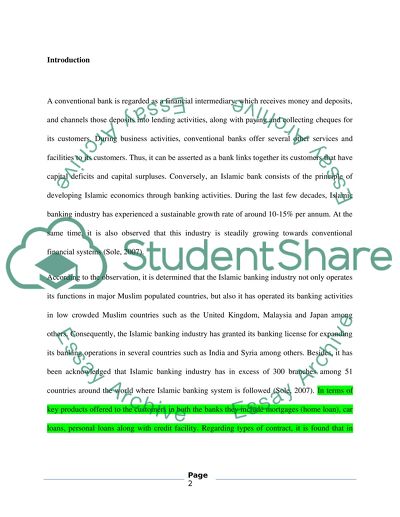Cite this document
(“Stability between Islamic and Conventional Banking In Relation To Research Paper”, n.d.)
Retrieved from https://studentshare.org/finance-accounting/1647553-stability-between-islamic-and-conventional-banking-in-relation-to-customer-confidence
Retrieved from https://studentshare.org/finance-accounting/1647553-stability-between-islamic-and-conventional-banking-in-relation-to-customer-confidence
(Stability Between Islamic and Conventional Banking In Relation To Research Paper)
https://studentshare.org/finance-accounting/1647553-stability-between-islamic-and-conventional-banking-in-relation-to-customer-confidence.
https://studentshare.org/finance-accounting/1647553-stability-between-islamic-and-conventional-banking-in-relation-to-customer-confidence.
“Stability Between Islamic and Conventional Banking In Relation To Research Paper”, n.d. https://studentshare.org/finance-accounting/1647553-stability-between-islamic-and-conventional-banking-in-relation-to-customer-confidence.


